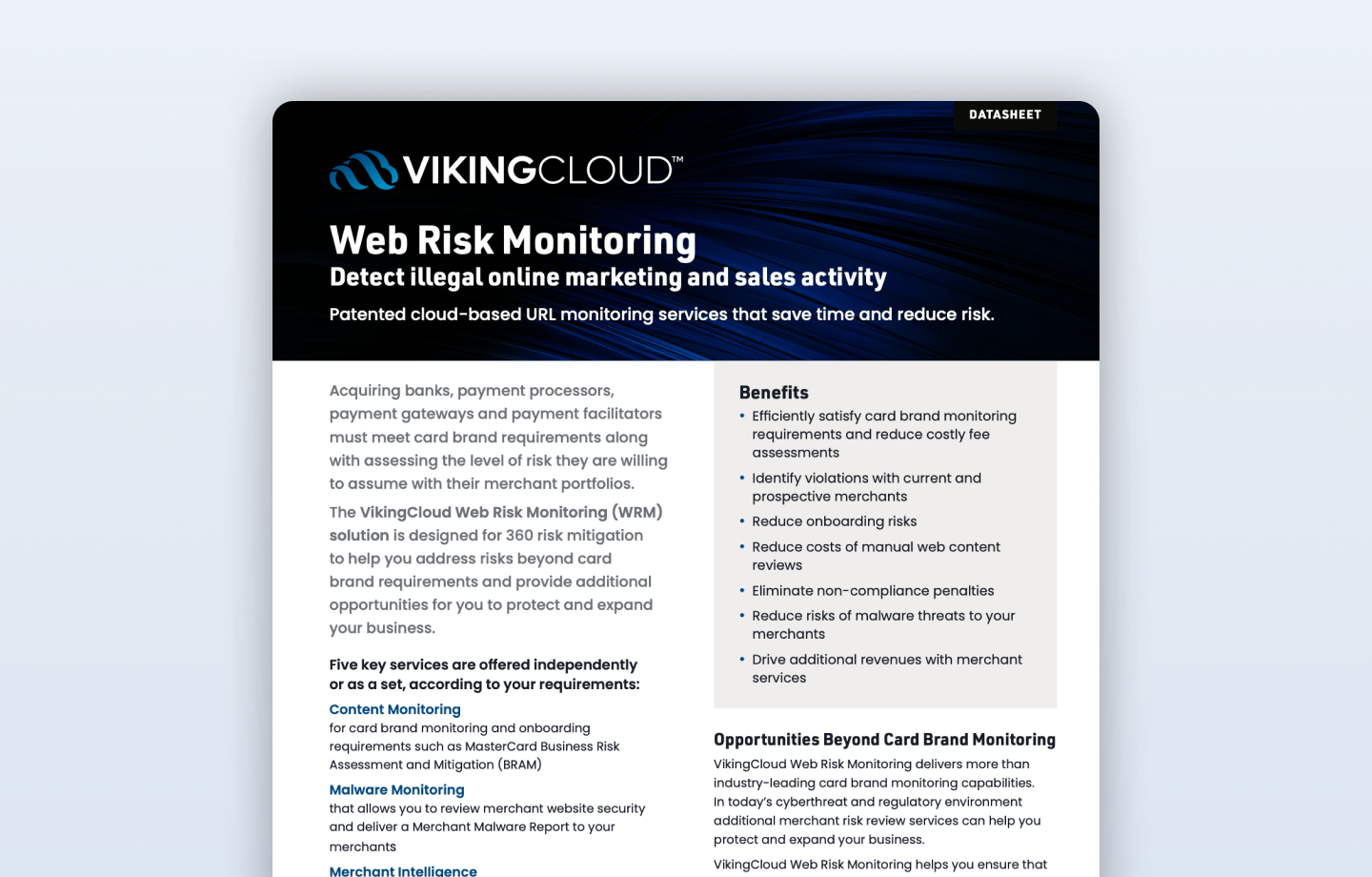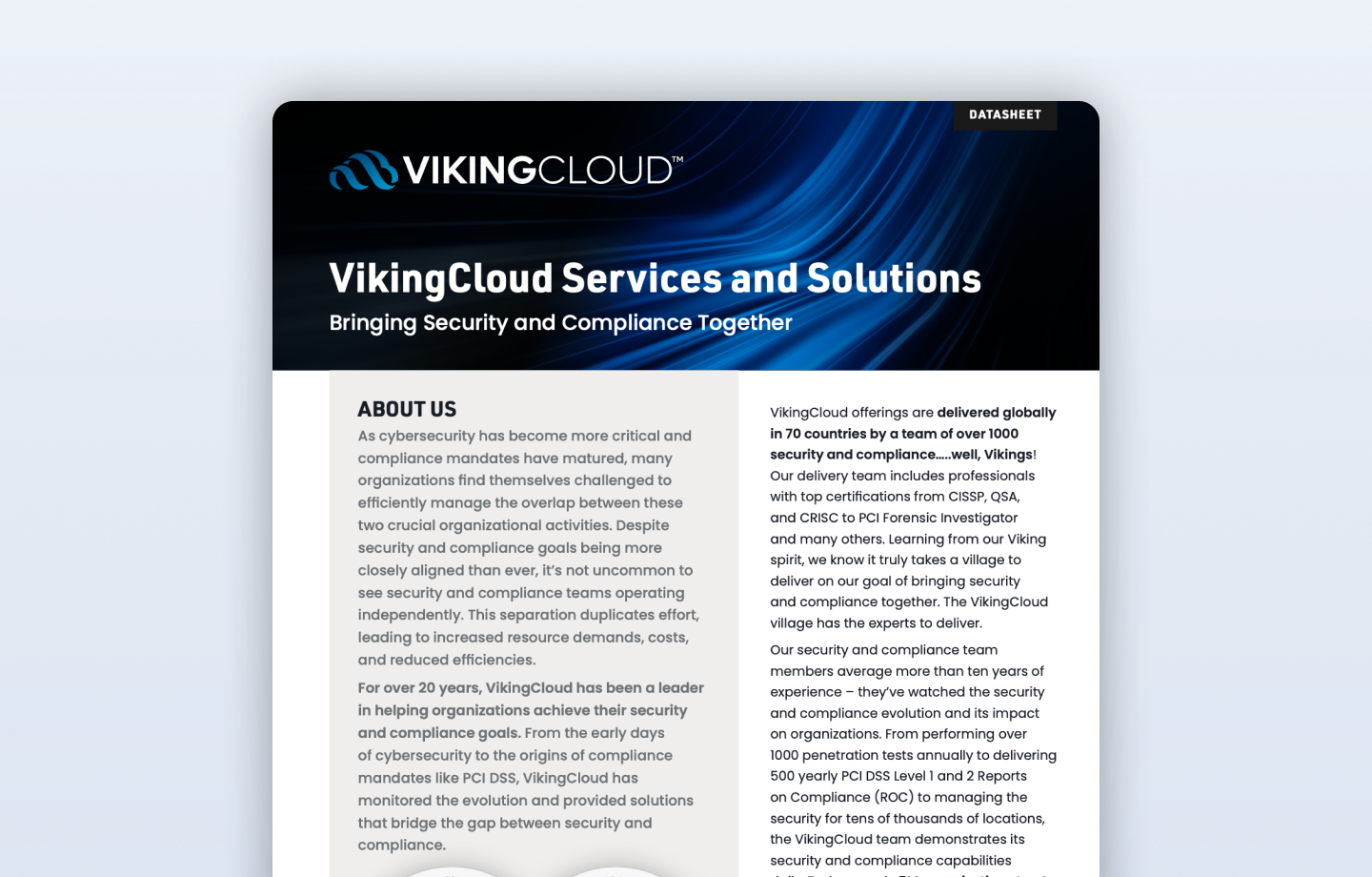Do you own this or do I? Seems like an easy question to answer. But during a cybersecurity incident “ knowing who owns what - could mean the difference between defending your organization or leaving it open to a serious breach."
I've performed compliance reviews and assessments for a multitude of organizations of all sizes. When these organizations have gaps in their cybersecurity posture and have initially failed their compliance validation, the most common reason for this has been a lack of clearly defined ownership.
Since the beginning of the Payment Card Industry Data Security Standard (PCI DSS), defining ownership for Information Security and Network Security has been a requirement. Although a good start, it is an area that has needed room for improvement for a long time. Failure to maintain the vulnerability management program and perform and remediate vulnerability scans is often the result of a lack of ownership.
In PCI DSS v4.0, the standard for role definition has been improved. In fact, organizations will have to clearly define roles and responsibilities for PCI DSS related controls to comply with PCI DSS v4.0.
5 Key Reasons to Define Cybersecurity Roles and Responsibilities
- Incident Response: Having clearly defined duties in the event of a cybersecurity breach or incident ensures a prompt, coordinated, and more effective response. Designated response owners are aware of exactly what steps to take, who should be informed, and how the threat can be contained. This can drastically cut down the amount of time needed to mitigate the breach, which in turn minimizes the potential damage and loss of data.
- Accountability: Accountability can only be achieved when roles and responsibilities are clearly defined and assigned. When staff members oversee specific cybersecurity controls, they are more likely to take responsibility for their duties. This responsibility helps to prevent holes in the security coverage and guarantees that essential security measures are constantly applied and maintained. It will also make it easier to transfer ownership if organizational changes are made.
- Risk Management: The dangers posed by cybersecurity breaches are constantly changing, and staying one step ahead of any potential problems is necessary. When roles and responsibilities are laid out in explicit detail, organizations are better able to evaluate their risk exposure and choose how best to reduce that risk using their available resources. This preventative strategy helps in prioritizing security measures, resolving potential weak points, and reducing the organization's overall risk exposure.
- Resource Optimization: The effective distribution of resources is one of the most important aspects of a cybersecurity plan. As budgets are implemented, you will want to maximize your cybersecurity programs with existing resources. Clearly defining responsibilities will enable you to assign resources more effectively and reduce duplication and waste. This comprises investments in both human resources and technology, aiming to ensure that every aspect of the cybersecurity architecture is optimized to function at its most efficient.
- Compliance and Auditing: If the first four reasons are not enough, it is a requirement to maintain compliance with PCI DSS v4.0 and a wide variety of regulatory requirements and compliance standards, all of which compel the implementation of robust cybersecurity practices. To fulfill these standards, it is helpful - and often a requirement - to have clearly defined roles and responsibilities, as this helps to ensure that all the necessary controls are in place and regularly audited. This has the potential to simplify compliance operations and assist organizations in avoiding potentially expensive penalties resulting from non-compliance.
5 Key Actions to Cyber Defend Your Organization
- Identify Key Cybersecurity Functions: The first step is determining which key cybersecurity functions need to be handled inside your organization. Network security, data protection, incident response, vulnerability management, employee training, and policy enforcement are examples of what could fall under this category. It is necessary to segment each function into its component actions and responsibilities. For PCI DSS v4.0 compliance, it is recommended to take it a bit further with the following tasks by Defining the roles and responsibilities per control and requirement basis or split it further by asset type. b. Considering using a RACI matrix (RACI - Responsible, Accountable, Consulted, and Informed) as a starting point.
- Collaborate with Stakeholders: Engage with the key stakeholders, such as IT teams, individuals responsible for departmental security, higher management, and department leaders. It is important to understand their points of view regarding the activities and responsibilities required for an effective cybersecurity posture. Their contributions will guarantee that the responsibilities that are specified are exhaustive and in line with the organization's objectives.
- Create Role Descriptions: It is important to develop precise role descriptions for each important cybersecurity function. Provide a detailed explanation of the roles, and their associated responsibilities, tasks, and goals. Be explicit regarding the abilities and experience required for each role. This is also an excellent chance to identify communication routes and reporting lines for each of the roles being filled. For PCI DSS v4.0 compliance, you most likely have a set of documented procedures, and with that, you could start by referencing those for the different roles.
- Allocate Roles and Responsibilities: Assign people to the designated positions based on their level of experience and the skills they bring to the table. It is essential to divide responsibilities among team members in a way that plays to their individual talents. Keep in mind that overburdening individuals with an excessive amount of obligations might result in burnout and a reduction in efficiency. To maintain flexibility and redundancy, you should consider cross training your team members, and consider not assigning a specific name to a responsibility, but rather setting the role or title of the person responsible. This will make it easier when a staff member leaves the organization or moves to a new role.
- Document, Communicate & Review, Review, Review: Create a document that is unambiguous and easy to read that outlines the roles and responsibilities defined. This documentation must be straightforward and simple to comprehend for any parties concerned. Explain these duties throughout the organization, even when new staff are being brought up to speed on their responsibilities. The documentation should be reviewed regularly and updated as necessary, to keep up with any changes in the environment and your organization. Reviewing and modifying your roles and responsibilities on a consistent basis is important because cybersecurity is a dynamic field that is constantly changing. It is important to conduct regular assessments of specified responsibilities to ensure they continue to be successful and relevant.
Adjusting duties and responsibilities to account for shifting dangers and advances in technology should be a continuous process. You should actively seek feedback from your cybersecurity team and consider their observations while refining the roles over time.
By following these 5 critical steps, you can establish a well-structured framework of roles and responsibilities for cybersecurity in your organization. This framework will promote clarity, accountability, and efficiency, ultimately contributing to a stronger cybersecurity posture.
Bonus Insight: PCI DSS v4.0 " FAQ "
The new roles and responsibilities requirements have been added to each major requirement 1-12 and are laid out in the same way for all of them.

For workshops, GAP assessments, and full v4.0 assessments performed and completed to date, the following are the most common questions we receive.
Do we have to name the individual responsible per requirement? No, in fact, it's recommended that you define the role or title of the person responsible and reference that in your documentation. However, you do need to be able to trace it back to individual accountability by documenting the name of the person with the role or specific title.
Where do we start? If you are using Third Party Service Providers (with them. Repurpose that document and define the roles and responsibilities.
When do we need to have this in place? It needs to be in place to be compliant with PCI DSS v4.0 on March 31, 2024, at the latest.
For more information about how to ensure your organization is in compliance, contact the VikingCloud team.






























-program.png)













































-attack.png)


























